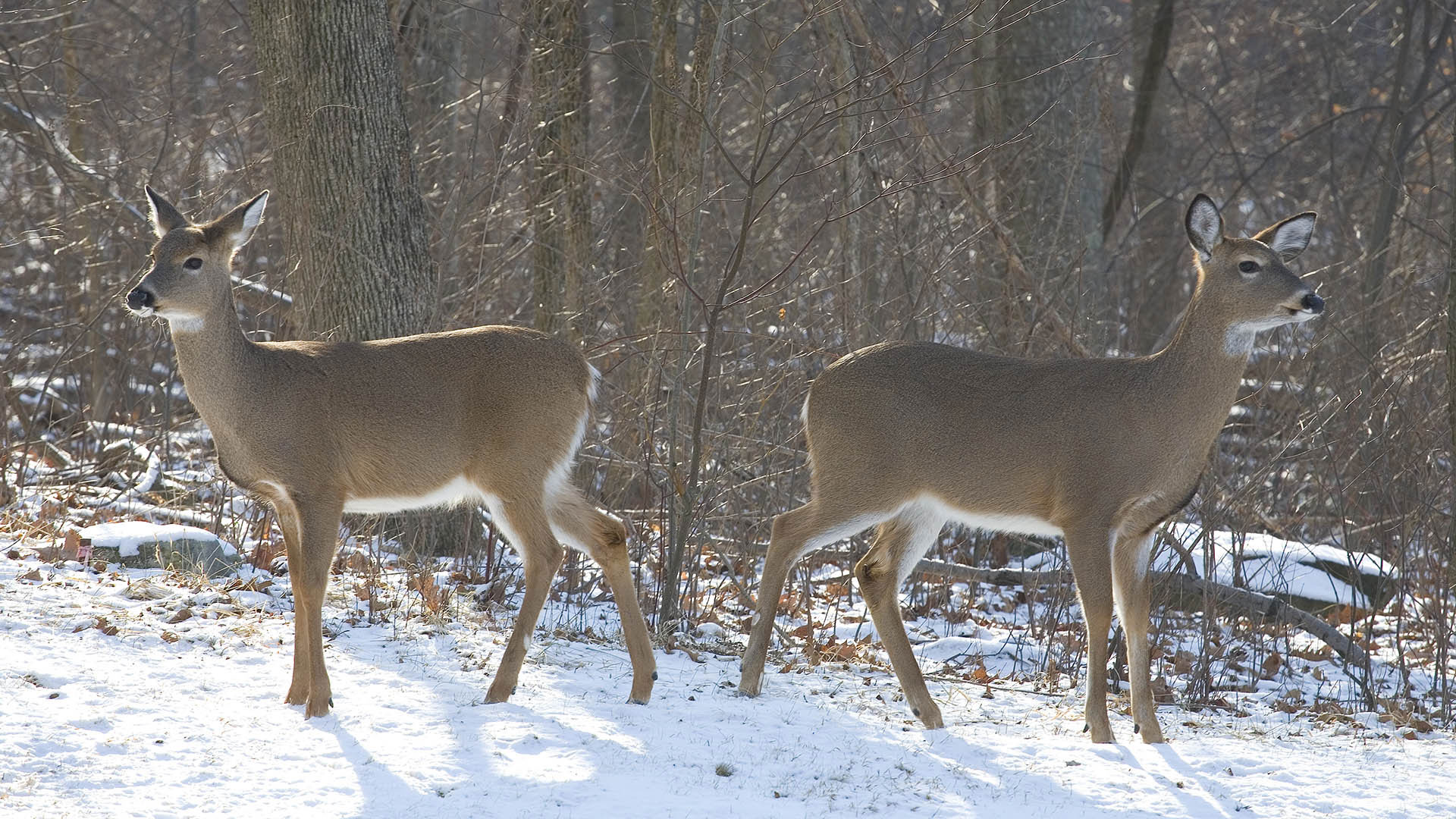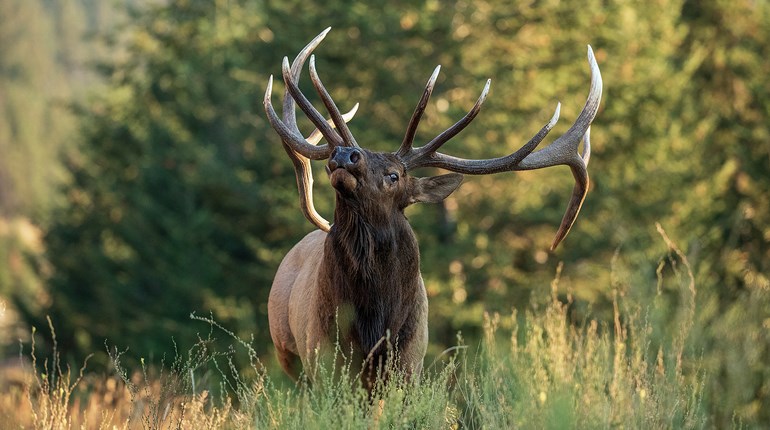
The National Wild Turkey Federation announced more than $360,000 in funding for seven new research projects in six states, addressing the needs of wild turkey populations. The announcement came during the 12th National Wild Turkey Symposium, a gathering of state and federal wildlife agencies, wild turkey researchers, land managers and enthusiasts focused on wild turkey habitat and population restoration.
“Supporting research is a key element to the future of the wild turkey and the NWTF,” NWTF co-CEO Kurt Dyroff said. “We are excited to support these critical projects made possible through the generous support of Mossy Oak, the NWTF Foundation, various NWTF donors and the NWTF’s Help the Yelp Project.”
Dedicated funding will be leveraged multiple times resulting in more $2.5 million worth of research to benefit the wild turkey. In addition to the most recent allocation of more than $360,000 in funding, the NWTF has dedicated $8.3 million to research during its nearly 50-year history.
Wild turkey researchers submitted project proposals through NWTF’s Wild Turkey Research Request for Proposals, a program that facilitates and makes large investments in support of priority wild turkey research. This year NWTF invited proposals that investigate the dynamics and drivers of the “post-restoration era.” Applicants must address one or more of the following research priorities: disease, habitat, hunter influence/relationship, population estimates and survival. The proposals were scored and ranked by NWTF staff and the NWTF Technical Committee on the applicability of the projects, scientific rigor, partner engagement and secured matching funds.
The projects approved for funding are:
- “Estimating Survival and Productivity of Translocated Turkeys in North Dakota” studies survival and reproduction of translocated nuisance turkeys compared to control birds in western North Dakota. Nesting activities, mortality causes and infection and exposure rates will be explored.
- “Impacts of Woody Understory Vegetation and Invasive Species on Roosting Habitat Potential for Wild Turkey” will complement a Texas Parks and Wildlife Department priority to examine changing roost site habitat in the Rolling Plains region of Texas. The study will classify vegetation and non-native, invasive species and then conduct a change assessment across the Edwards Plateau to determine impact.
- “Vital Rates and Population Growth of Merriam’s Turkeys in South-Central South Dakota” will estimate annual survival and reproductive probabilities for adult and yearling age-classes of wild turkeys. Data will estimate population rates with results being compared to mid-1980s conditions.
- “Novel Approaches to Estimating Wild Turkey Population Parameters” will use non-invasive techniques to gather DNA specimens from eight sites throughout Mississippi. Part of the study areas will work in conjunction with wildlife management areas in an ongoing experiment investigating the influence of a delayed and reduced spring season framework on turkey populations and harvest.
- “Rio Grande Wild Turkey Habitat and Genetic Connectivity, Disease Prevalence and Survival in the Texas Edwards Plateau Ecoregion” will explore turkey abundance against a decreased number of hunters and turkeys harvested in recent years. Environmental factors such as flooding, unmanaged grazing and damage to vegetation are some study areas. The impact of parasites and disease also will be reviewed.
- “Development and Application of Diagnostic Techniques to Better Understand Impacts of Tumor-Causing Viruses (LPDV and RV) in Wild Turkeys” will look at where and to what extent diseases are distributed throughout the body of infected wild turkeys.
- “Ecology of an Unhunted Wild Turkey Population” provides research on an unhunted population of wild turkeys across a large study site in South Carolina. Collected data will analyze wild turkey behavior in the absence of hunting activity, hunting pressure and harvest of males. Data will be compared to other populations in the Southeast and beyond.
“The projects that we are supporting demonstrate the partnerships and collaboration that is needed to understand what is impacting wild turkeys across the country,” said Mark Hatfield, NWTF national director of conservations services. “I have confidence that the network of researchers and managers from around the country are going to utilize the same ingenuity that helped restore wild turkeys in North America to understand what is driving the health of the wild turkey population.”
The 12th National Wild Turkey Symposium is co-hosted by the North Carolina Wildlife Resources Commission and National Wild Turkey Federation, through June 10, in Asheville, North Carolina.




































